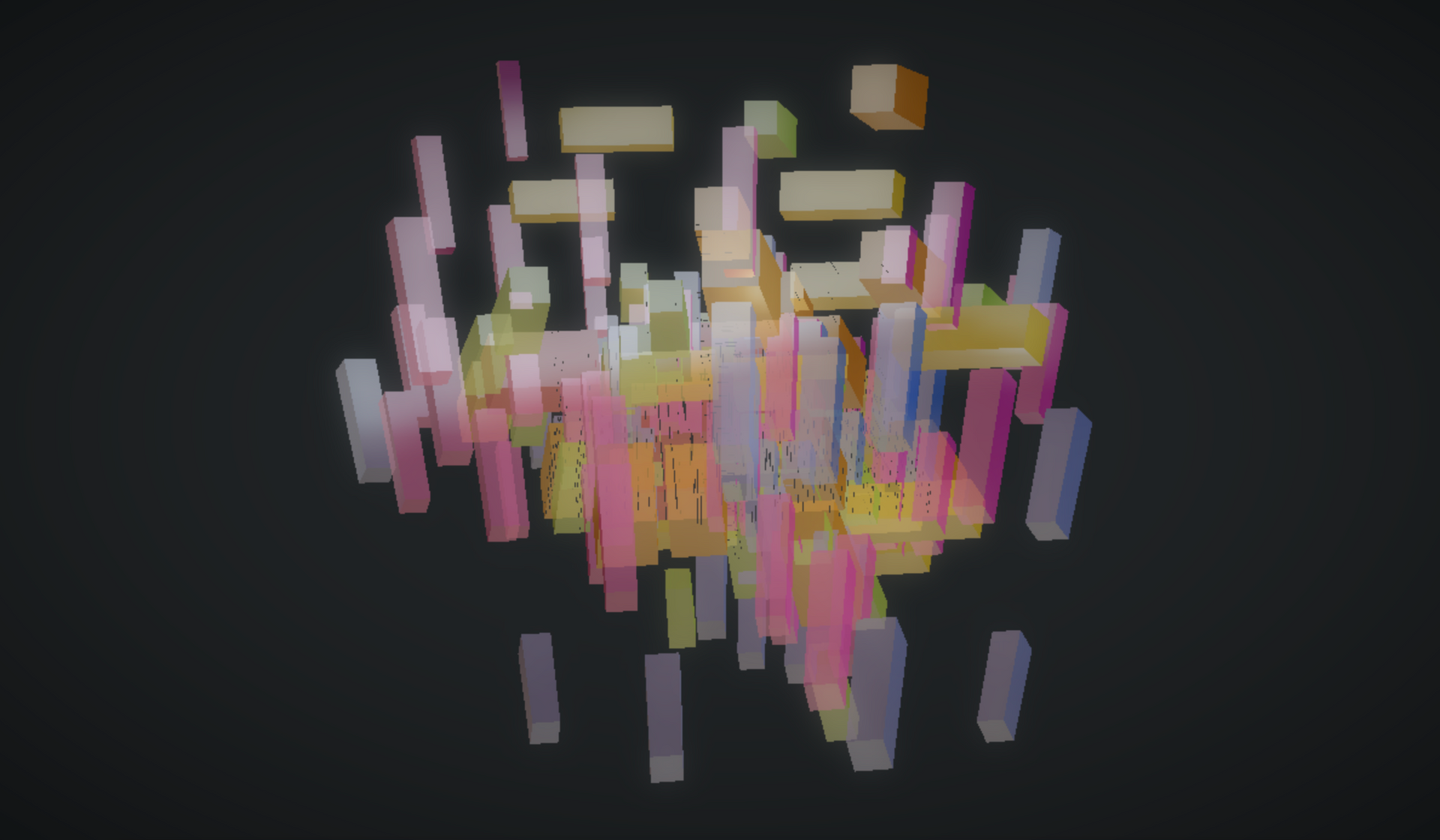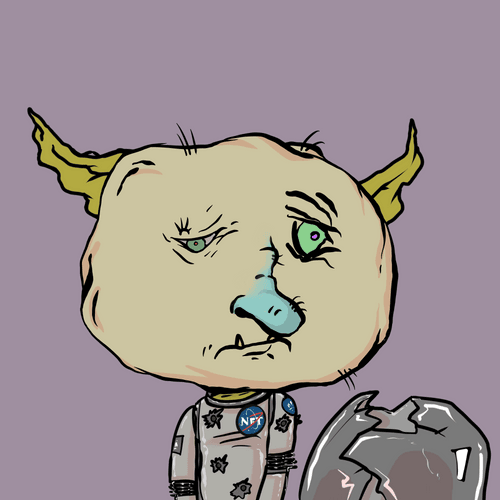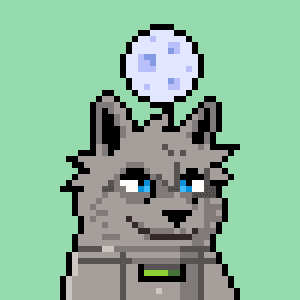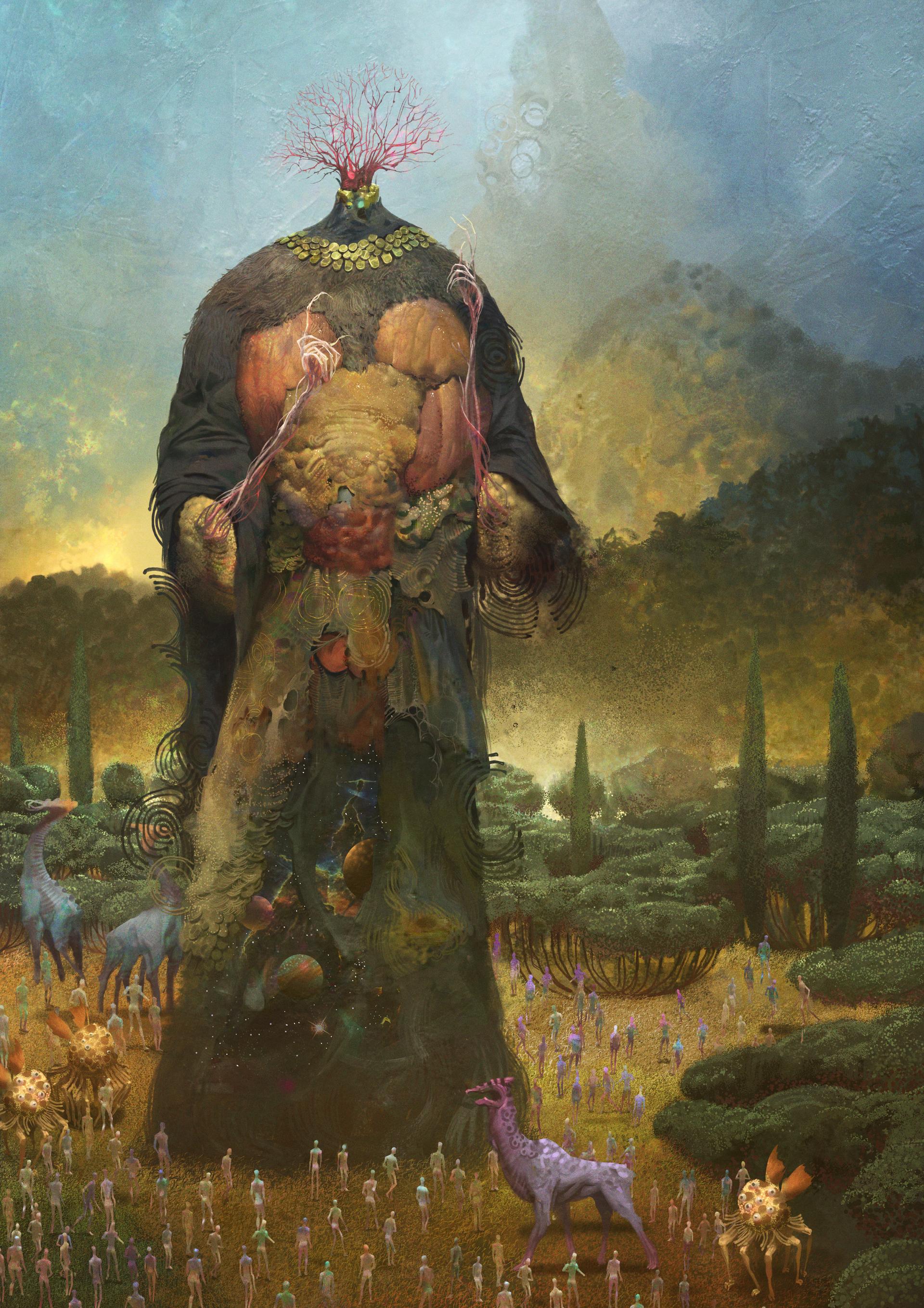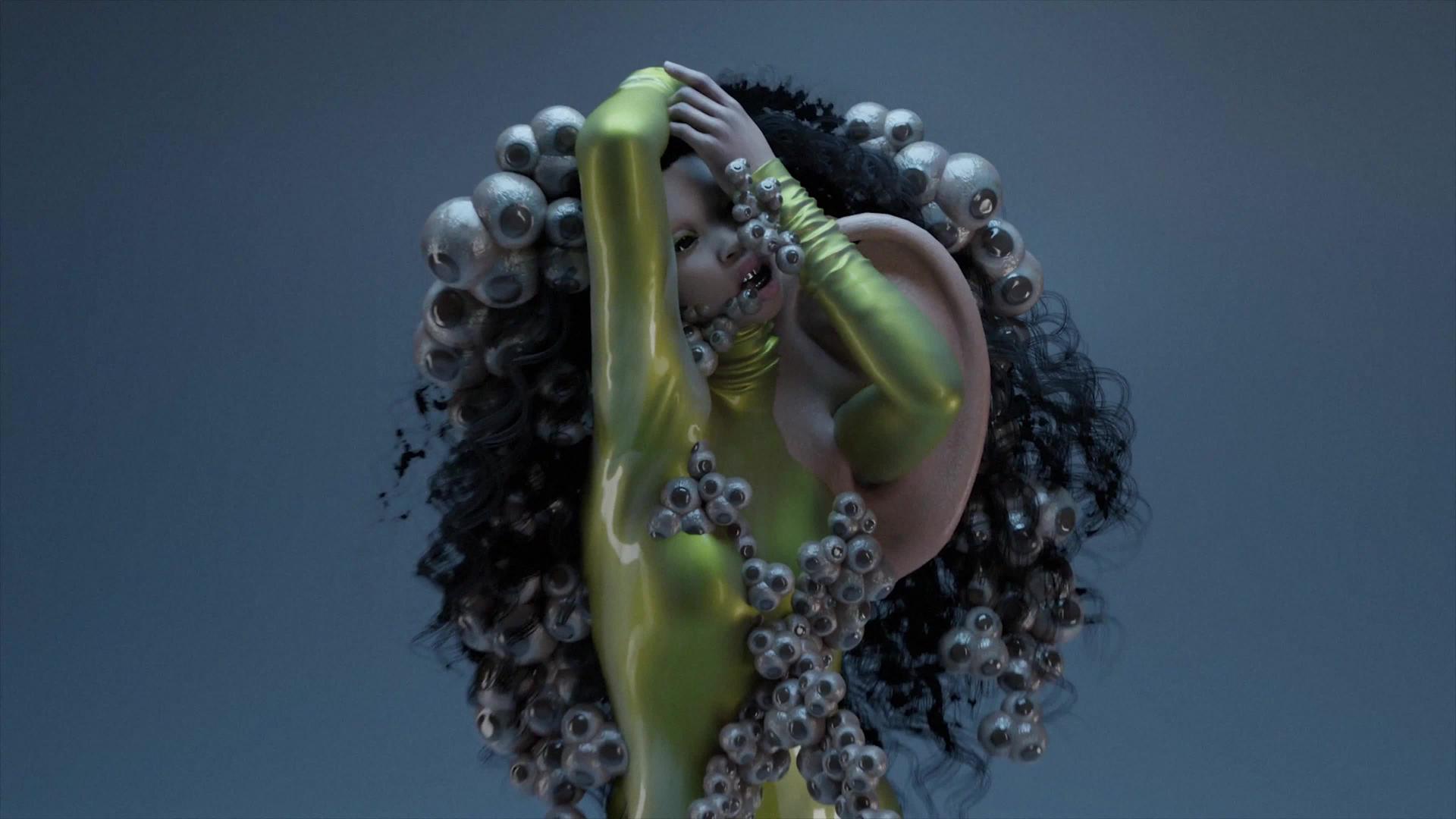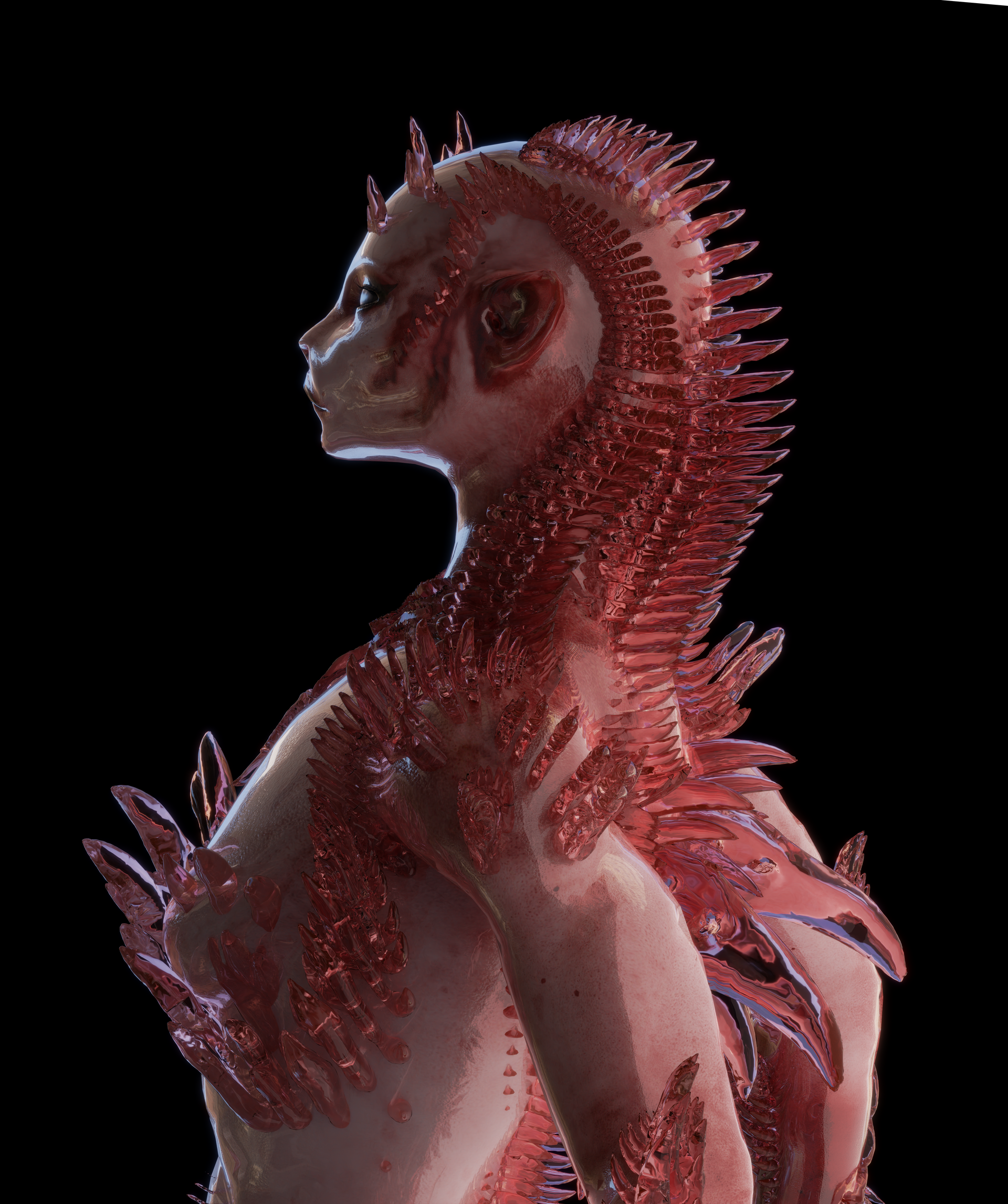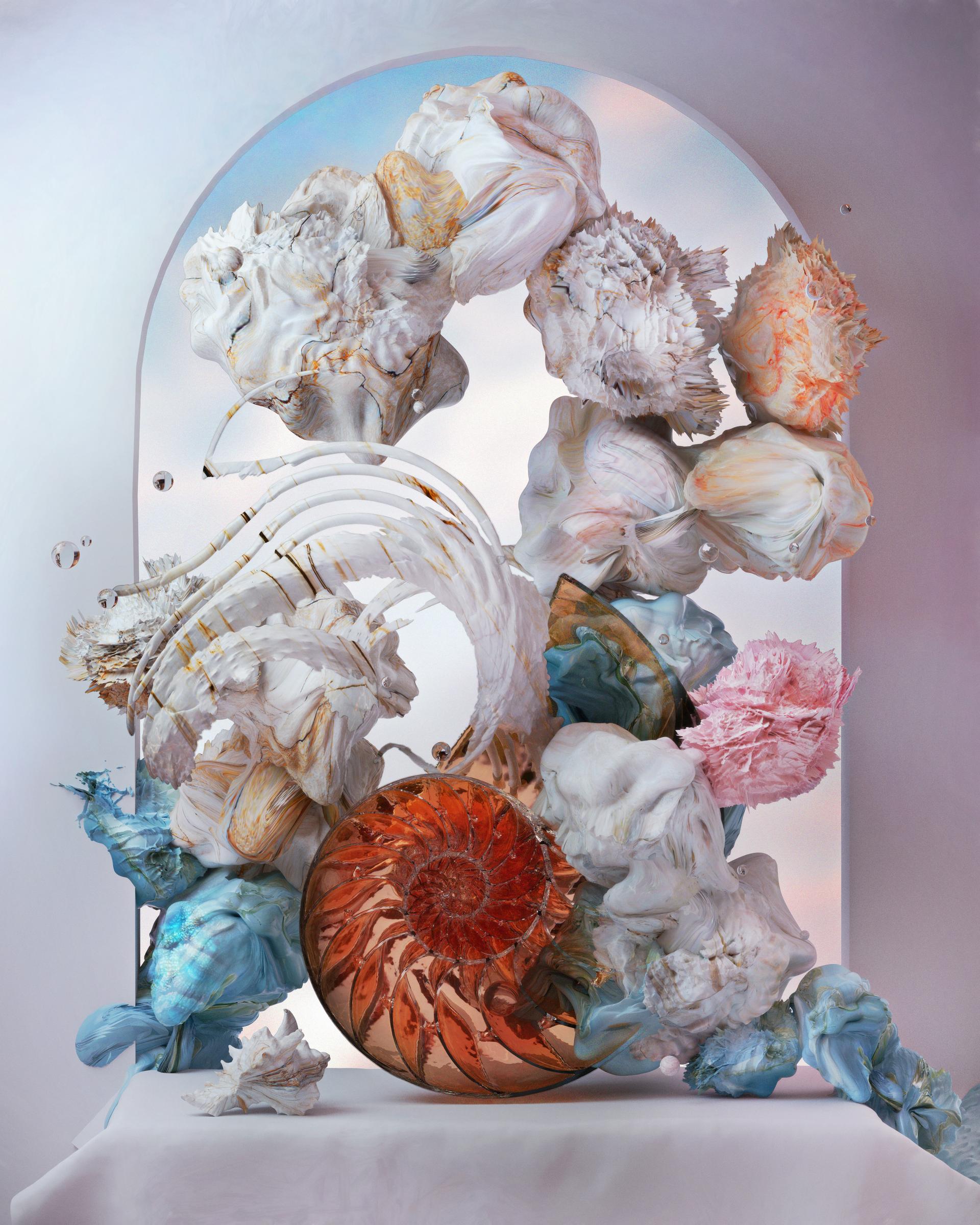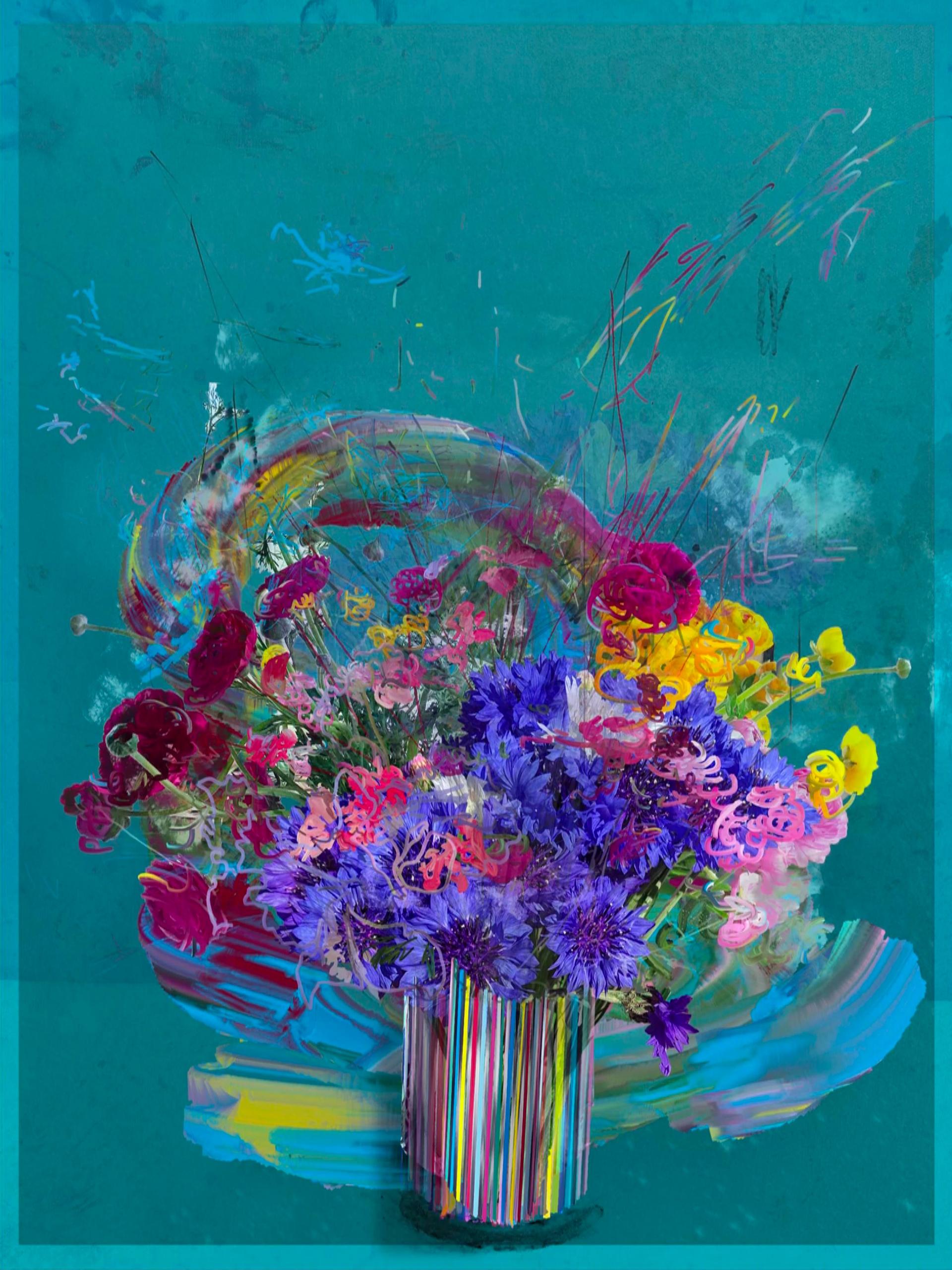There is a meme in the cryptocurrency and NFT community that compares dynamic NFTs to pickles, specifically "crypto pickles." This comparison is meant to highlight the idea that just as pickles can change over time based on their environment, dynamic NFTs can also change and evolve over time based on specific conditions or triggers set by their creators.
The comparison also emphasizes the importance of the underlying technology powering dynamic NFTs, such as smart contracts, which are similar to the process of pickling where cucumbers are preserved by soaking them in a solution of salt and vinegar.
dNFTs are creating new cryptomedia that is programmable, generative and morphe over time. Based on data, interactions, and user engagement, these dNFTs are no longer just jpegs or gifs, but programmed variables in smart contracts that trigger the NFT’s metadata to change, generating constantly evolving visual and auditory experiences. dNFTs react to real-life and digital data, everything from in-app experiences and their owners' online behavior to the result of presidential elections.
Overall, while the comparison of dynamic NFTs to pickles may seem humorous, it does serve to illustrate the unique and evolving nature of these digital assets and the technology behind them.
There is a meme in the cryptocurrency and NFT community that compares dynamic NFTs to pickles, specifically "crypto pickles." This comparison is meant to highlight the idea that just as pickles can change over time based on their environment, dynamic NFTs can also change and evolve over time based on specific conditions or triggers set by their creators.
The comparison also emphasizes the importance of the underlying technology powering dynamic NFTs, such as smart contracts, which are similar to the process of pickling where cucumbers are preserved by soaking them in a solution of salt and vinegar.
dNFTs are creating new cryptomedia that is programmable, generative and morphe over time. Based on data, interactions, and user engagement, these dNFTs are no longer just jpegs or gifs, but programmed variables in smart contracts that trigger the NFT’s metadata to change, generating constantly evolving visual and auditory experiences. dNFTs react to real-life and digital data, everything from in-app experiences and their owners' online behavior to the result of presidential elections.
Overall, while the comparison of dynamic NFTs to pickles may seem humorous, it does serve to illustrate the unique and evolving nature of these digital assets and the technology behind them.

